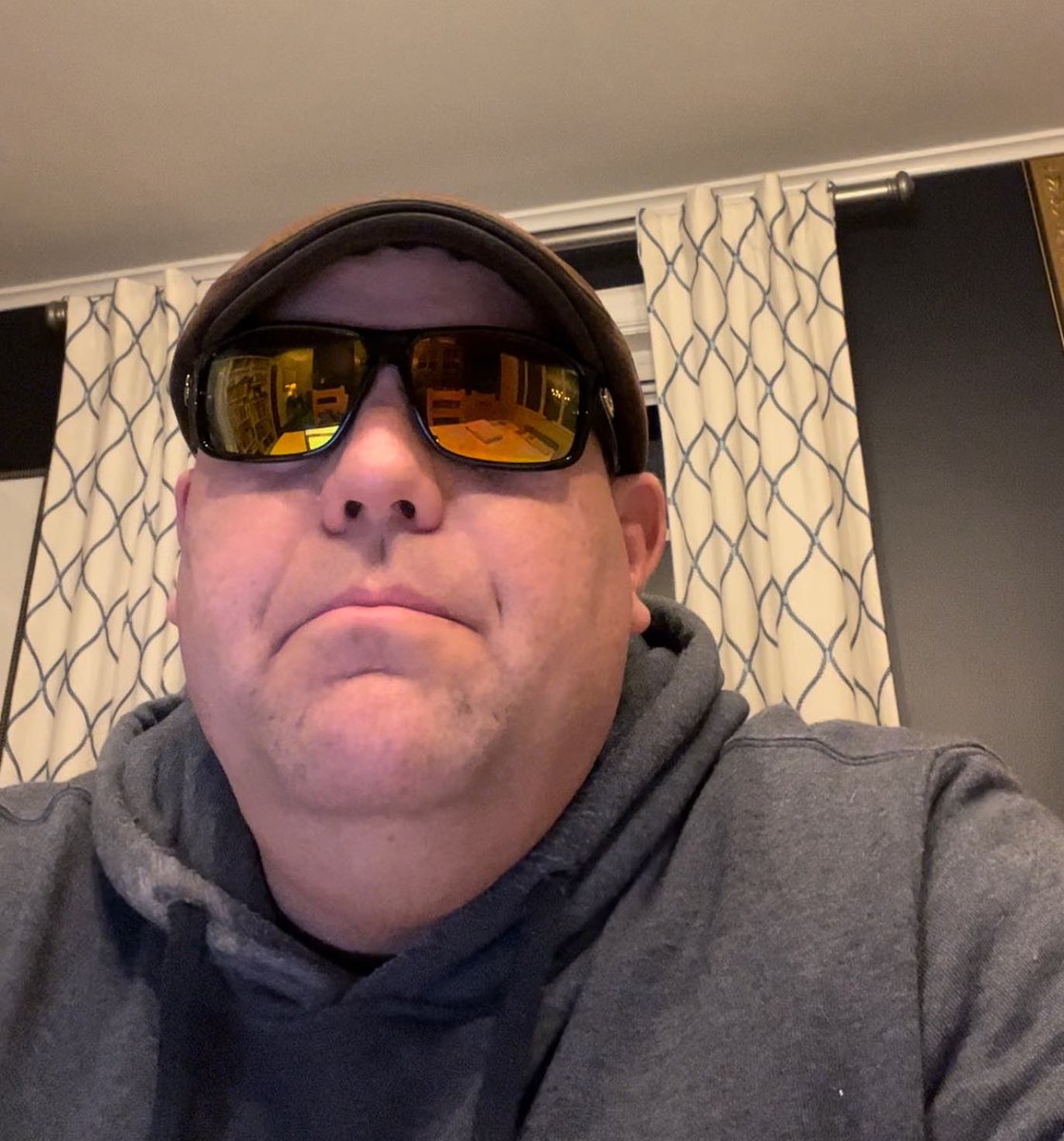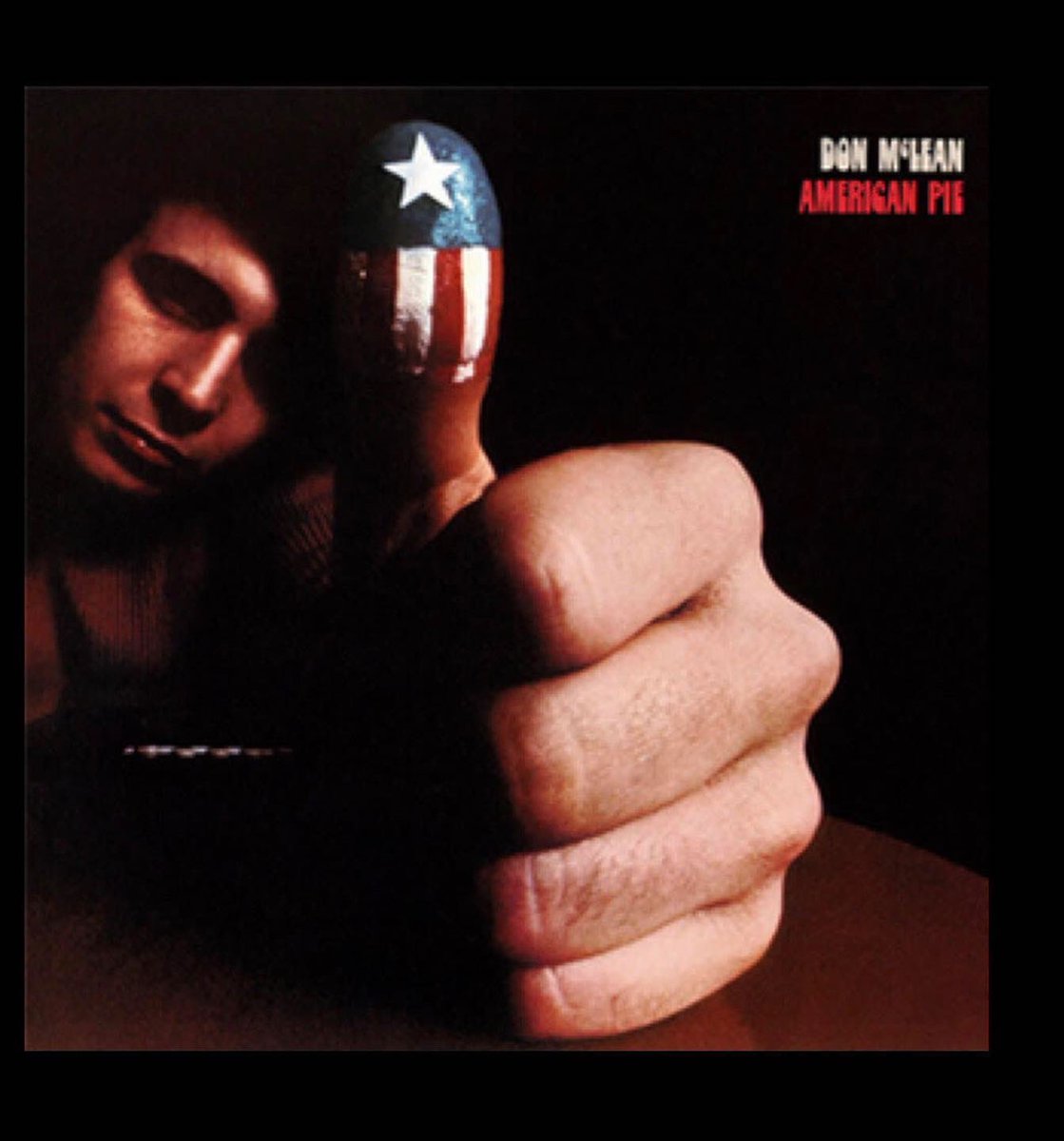
🧵 THREAD:
Breaking down Judge Rakoff’s Opinion denying cross-motions for SJ in Hermes v Metabirkins #trademark #NFT case.
/1
Breaking down Judge Rakoff’s Opinion denying cross-motions for SJ in Hermes v Metabirkins #trademark #NFT case.
/1

For some background on the case, see here:
/2
/2
https://twitter.com/michaelkasdan/status/1548830817660665856
Or if you prefer your background on Hermes v. Rothschild in audio, see here:
/3
/3
https://twitter.com/evnhsn/status/1620947092117274624
The first question at issue is whether the Metabirkins NFTs should be evaluated under the Rogers Test for artistic works or general TM principles for ordinary products.
/4
(Yes. That Rogers).
/4
(Yes. That Rogers).
https://twitter.com/michaelkasdan/status/1620529205925789697
Judge Rakoff found it is appropriate to evaluate the MetaBirkins NFTd under The Rogers Test applied to works of artistic expression. This is a significant decision in favor of Rothschild. Brand owners would much rather this be considered not art but a commercial product.
/5
/5
In a changing and converging world there is a lot of pressure on this distinction.
Lots of cases these days looking at where that line should be and lots of arguments about First Amendment and parody and artistic expression.
/6
Lots of cases these days looking at where that line should be and lots of arguments about First Amendment and parody and artistic expression.
/6
It’s an important issue. Brand owners feel that if everything can be said to be an artistic expression, it becomes the exception that swallows up their trademark infringement claims.
/7
/7
Rakoff reasoned that what it really boils down to is whether the “plausibly expressive purpose” based use of the TM mislead the public about source:
/8
/8

“Unlike copyright law…trademark law is not intended to protect the owners right in a creative product, ie where there is no consumer confusion”
/8
/8
Rakoff next concluded that the works at issue were - as viewed from the consumers perspective - the digital images themselves (and not just the blockchain based “digital deed”). Consumers were interested in and understood themselves to be purchasing the digital images.
/10
/10
Finally, Rakoff decided to deny both sides motions because factual disputes needed to be resolved to determine the winner here.
/12
/12
“While the Rogers test is..the governing framework…the Rogers test does not offer defendants unfettered license to infringe another’s trademarks.”
It’s all about the balance between potential consumer confusion and the First Amendment concerns:
/13
It’s all about the balance between potential consumer confusion and the First Amendment concerns:
/13

The two prongs of Rogers are whether use of the TM is artistically relevant and whether the trademark is used to explicitly mislead the public as to source.
On summary judgment, the court needs to assess if there are genuine issues of facts material to either prong.
/14
On summary judgment, the court needs to assess if there are genuine issues of facts material to either prong.
/14
Here, the Court found there were genuine issues of material fact as to both prongs of the Rogers Test. Hence, both parties summary judgment motions were denied.
/15
/15
. @threadreaderapp unroll
• • •
Missing some Tweet in this thread? You can try to
force a refresh

















